UK Researchers have found a fossil forest of low, palm-like trees that existed during the mid-Devonian period 390 million years ago.
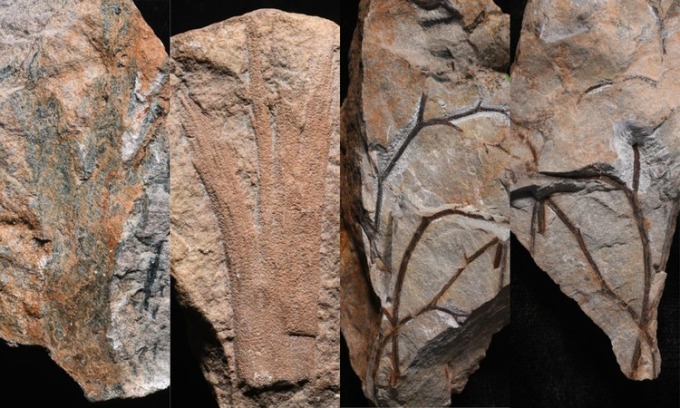
Fossil tree specimen in a forest in southwestern England. Photo: Christopher Berry
Fossilized tree trunks discovered by chance in southwestern England belong to the oldest forest on Earth, according to research published in the journal Geological Society, Live Science reported on March 5. The 390 million-year-old fossils are older than the fossil forest of Gilboa in New York State, which is 386 million years old. The new discovery highlights the differences between the two ecosystems, showing that the forests evolved from relatively pristine to lush green in just a few million years, said Neil Davies, a professor in the Department of Earth Sciences at the University of Cambridge, who led the study.
The findings are remarkable because they reveal a difference between the complexity of the ancient trees at Gilboa and the English forest, which appears to have been a single species. The extinct plant, called a cladoxylopsid, is thought to be a close relative of ferns and horsetails. “Cladoxylopsids look like palm trees, but they’re not palm trees. They have a long central base and lots of palm-like fronds coming out of them, but they’re not leaves, they’re twigs,” Davies said.
The cladoxylopsids were densely branched at the top 2–4 m, meaning that this was not a tall forest. The fossils were preserved as hollow trunks filled with sediment and fallen sections flattened over time, as if “cast into the soil and rock”. Traces of the junction between branches and trunks are still clearly visible.
Davies and his colleagues came across the remains of the forest while doing fieldwork in the Hangman Sandstone Formation, which dates back to the mid-Devonian period (383-393 million years ago). During the Devonian period, Britain was part of a continent called Laurentia that lay just below the equator, meaning the climate was warm and dry. Much older trees existed elsewhere in the world , with the first plants appearing on land 500 million years ago, but the new find is the earliest example of a forest with trees growing close together and in large numbers.
Among the fossilized trees, the team found the crawling tracks of small Devonian insects. Although they had originally intended to examine the sediments, the discovery of the fossil forest could reveal a turning point in Devonian plant ecology.
An Khang (According to Live Science )
Source link



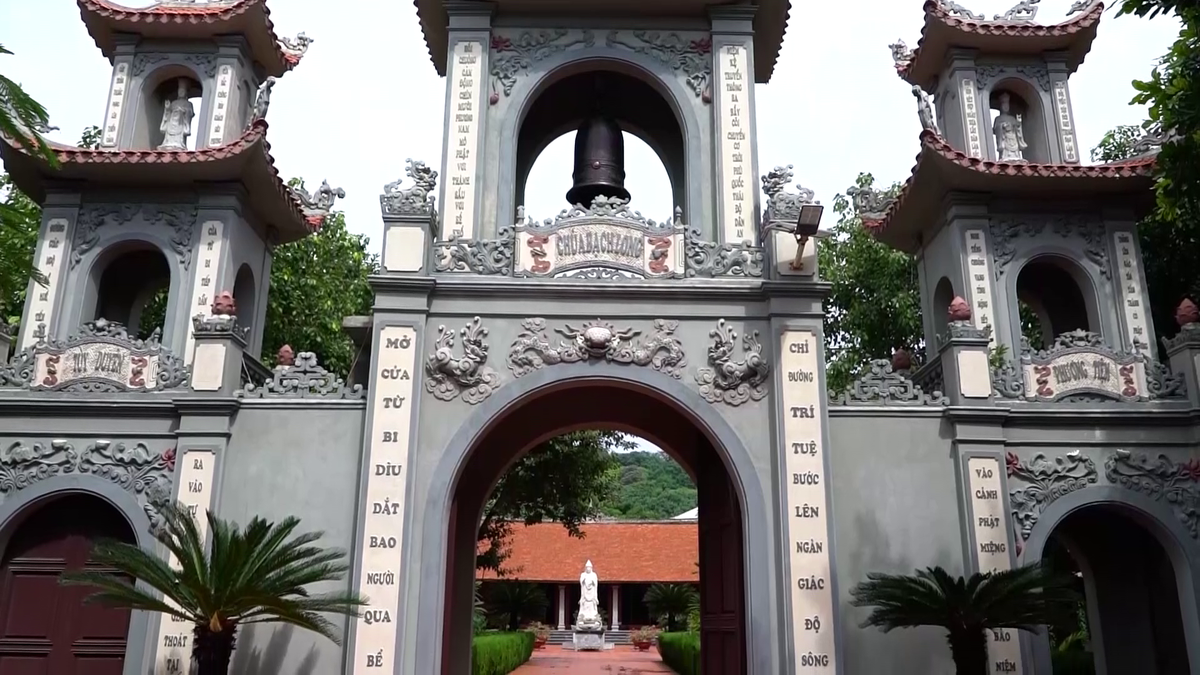









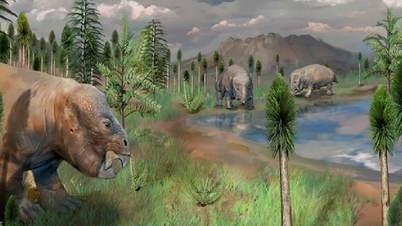






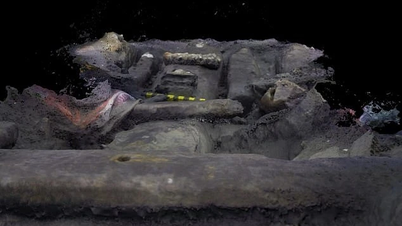


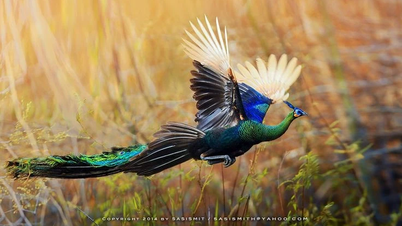






















































































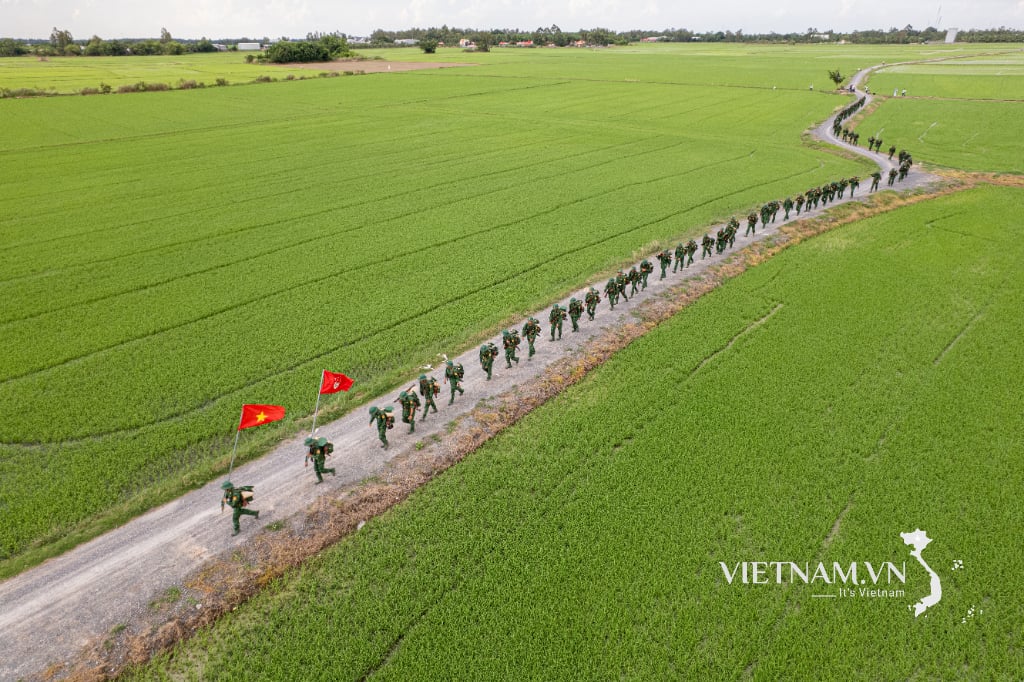
Comment (0)